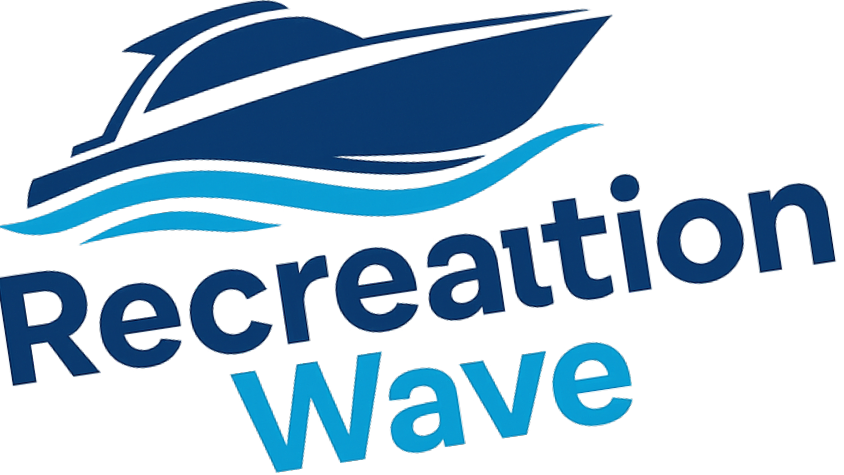
Avoiding the Ground Game: Essential Tips for Boaters in Southwest Florida
Boating in Southwest Florida offers unparalleled beauty and adventure, but lurking just beneath the surface are potential hazards. From shifting sandbars to creeping grass flats, realizing how quickly the water can change is crucial for any boater. With a little knowledge and the right tools, you can navigate these challenges and enjoy your time on the water.
Know Your Waterways: The Importance of Preparation
"Study your charts—paper or digital" might seem like common advice, yet it’s critical. Modern navigation apps like Navionics, Garmin ActiveCaptain, and AquaMap provide invaluable updates on your routes. As you prepare for a day on the water, familiarize yourself with potential hazards specific to the area.
Watch the Water: How to Read the Surface
As any seasoned boater will tell you, water clarity can be both a friend and foe. Light sandy areas often signal shallow sandbars, while darker patches may hint at deeper waters or seagrass beds. Recognizing these indicators is vital for safe navigation.
The Polarized Advantage: Why Sunglasses Matter
Polarized sunglasses are another crucial tool that can’t be overlooked. They reduce glare, making shallow waters and hidden hazards easier to spot. Many local boaters consider them indispensable—making a simple investment into polarized lenses an essential safety step.
Staying On Track: Markers and Navigation Rules
The mantra "Red, Right, Returning" is more than just catchy—it’s sound advice. Sticking to marked channels is your best defense against running aground. Be diligent and watch the markers closely, especially when exploring unfamiliar areas.
Understanding Tides: A Key to Avoiding Hazards
Ignoring tides can lead to unexpected trouble. A deep channel at high tide can shift dramatically at low tide. Make checking tide charts part of your pre-departure routine, especially if you plan to venture into backwaters or near flats.
Going Slow: The Benefits of Caution
While it might be tempting to cruise through unfamiliar waters at full throttle, reducing your speed can make all the difference. Not only does it allow you to react faster to shallow areas, but it also minimizes potential damage to your boat.
What to Do If You Find Yourself Grounded
Even expert captains can run aground. Here’s how to handle it effectively:
- Stop and Assess: Shift to neutral and avoid spinning the propeller to reduce further damage.
- Trim Up: Raise your outboard as high as possible to reduce the draft.
- Shift Your Weight: Move passengers to the back or deeper side to help lift the bow.
- Gently Try to Reverse: Avoid heavy throttle and steer towards deeper water.
- Push Off: If safe, hop overboard to push your boat to safety.
- Use a Kedge Anchor: Set an anchor in deeper water to pull your boat free.
- Call for Help: If all else fails, don’t hesitate to call for professional assistance.
Conclusion: Take the Next Step in Your Boating Adventure
Whether you’re new to boating or a seasoned pro, understanding how to navigate Southwest Florida’s waterways safely is key to enjoyable outings. Keep these tips in mind as you embark on your next adventure. And remember, if you find yourself in a tough spot, having a plan can make all the difference. Ready for your next trip?
 Add Row
Add Row  Add
Add 




Write A Comment